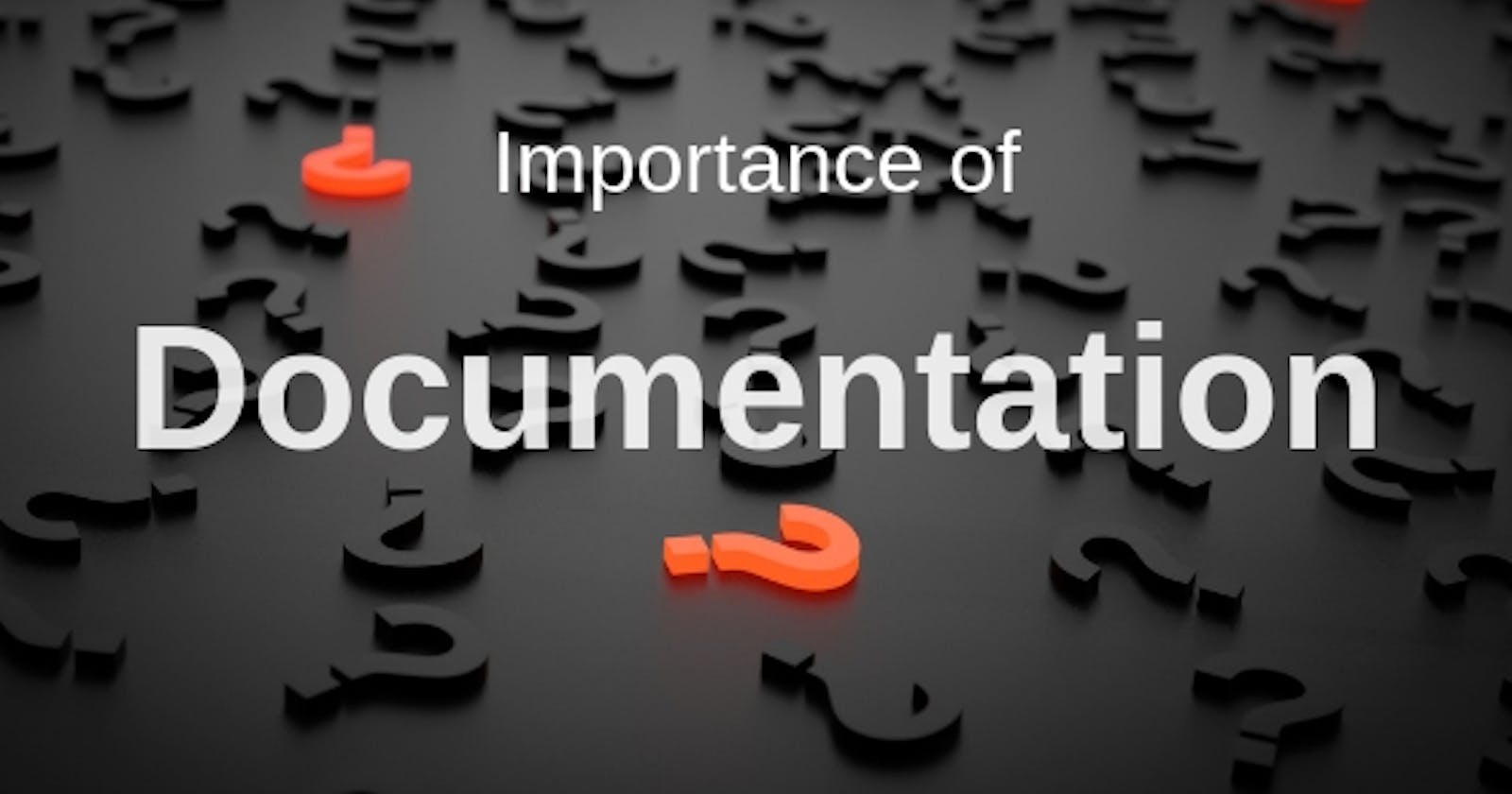Developers in general hate documentation, it feels like they're writing a business proposal and it's just too stressful. However, having good documentation is key to building and sustaining any product.
Introduction
Software Development Life Cycle (SDLC) is a process which defines the various stages involved in the development of a product, from the inception to the post-implementation (or retirement) phase. Each of the phases in the cycle requires documentation to ensure delivery of a high-quality product.
In this article, you'll be exposed to the types and importance of documentation to both the technical team and the end-users.
What is documentation?
Documentation in software engineering refers to all materials relating to software product’s development and use.
Types of Documentation
Requirements documentation: This provides information about the functionalities and behaviour of a system; what the system should (and should not) do. It should be clear, precise. This document is typically handled by the project/product manager or business analyst, as they interface with the clients on their needs.
Design/Architecture documentation: This describes the components and specifications required to support the solution and ensure that the specific business and technical requirements of the design are satisfied. It provides both logical and physical design considerations for all related infrastructure components.
Technical documentation through source code: This explains how the code works. The main users of the source code documents are software engineers.
Quality assurance documentation: This is used to assess the product's alignment to the specification requirements, ensures the flow and data of the product is logically correct. A test plan is a comprehensive document that lays out all major activities associated with a particular testing project.
- User documentation: This explains the software, how it solves problems and its usage. Good user documentation indicates hazards that might occur, assists in troubleshooting.
Why is documentation important?
- It helps in the clarification of goals and requirements: Documentation specs the software to be built. It helps in defining the process flow and expectation of the software and thus aligns all the members of the team towards achieving the set goals.
- It helps in troubleshooting: Troubleshooting documentation helps when running into production issues. Most technical issues should have error codes that should help with troubleshooting. User manuals should also include an FAQ section to deal with general or usual problems (such as configuration issues).
- It can improve communication among different units: Documentation facilitates interaction across multiple departments irrespective of their geographical location. Cultural differences may pose a threat to communication, having documentation avoids this threat as a focal point for the entire team is established.
- It helps in succession planning: Nobody stays in a company forever, except you're the founder. Documentation sheds knowledge to a new member of the team on the processes and all necessary information surrounding a company, its products and services
Software documentation is a necessary part of every IT firm. It helps a team start strong and drives it through and through its life-cycle.
Resources
- Software Documentation Types and Best Practices
- Software documentation
- The Importance of Documentation in Software Development
- Technical Documentation in Software Development: Types, Best Practices, and Tools
If you like this article, feel free to comment and share. You can also reach out to me on Twitter | LinkedIn | Github
Ciao👋🏼

